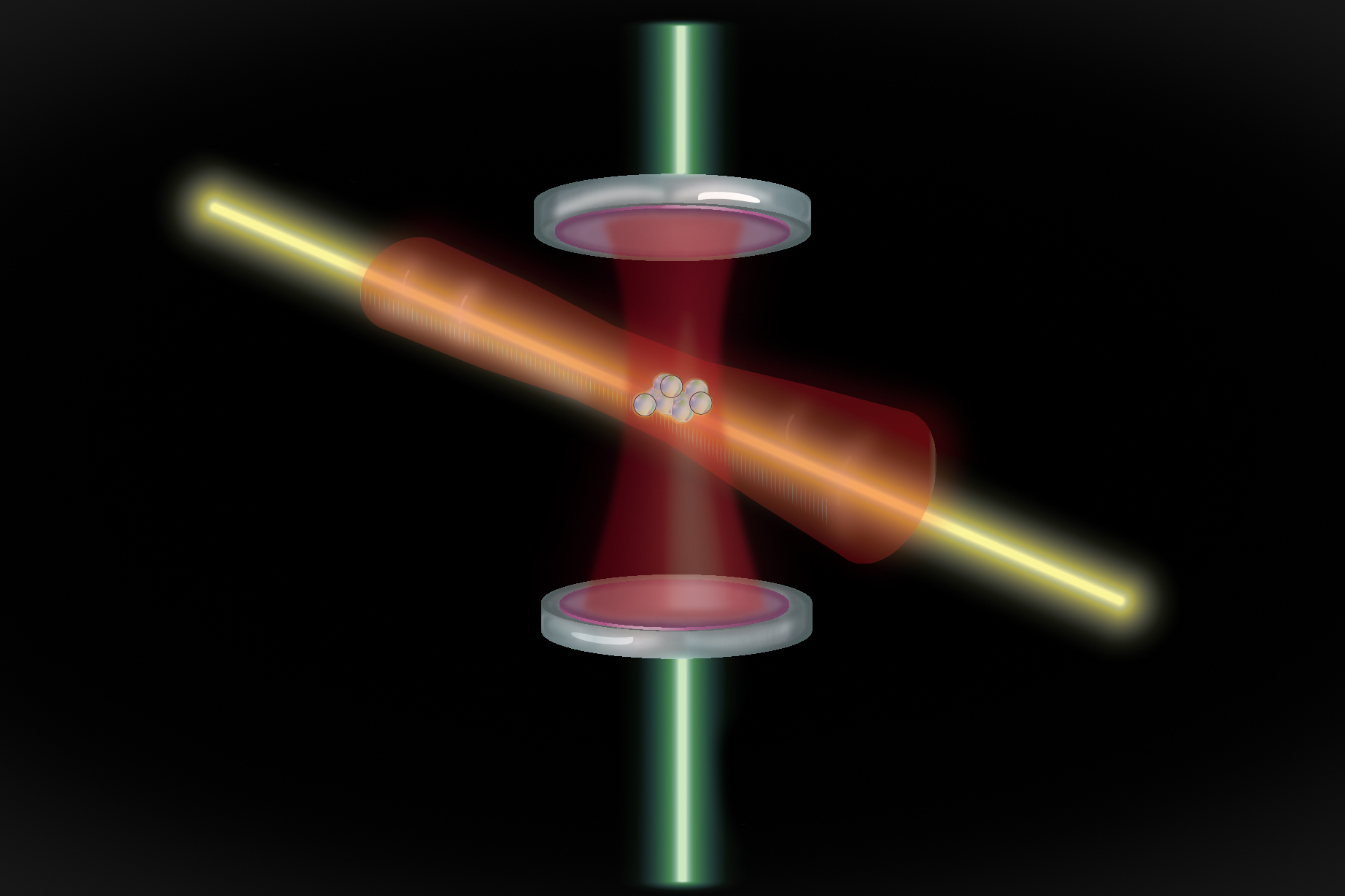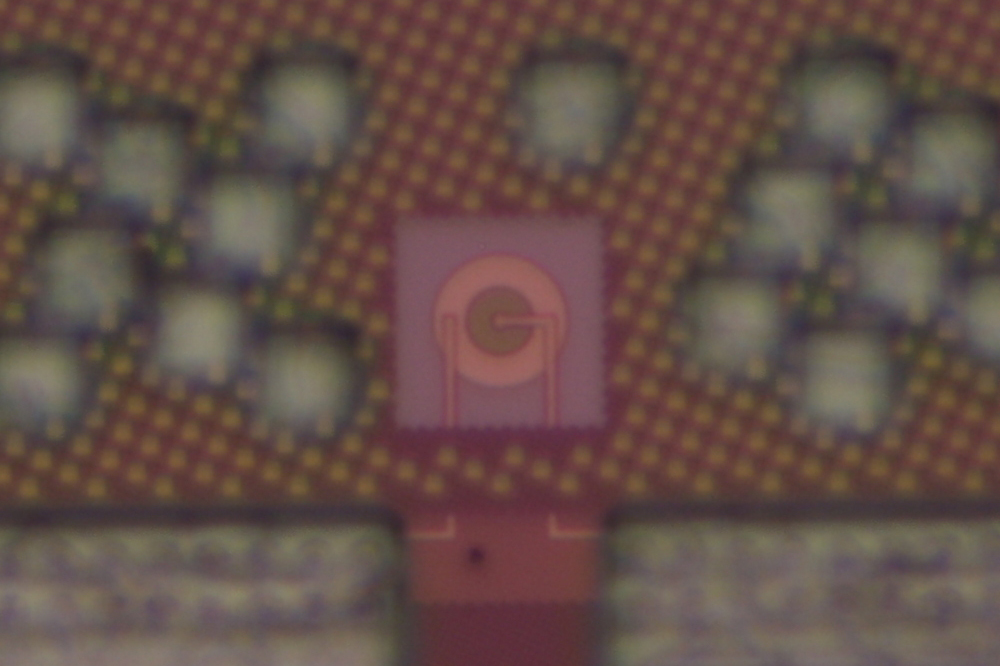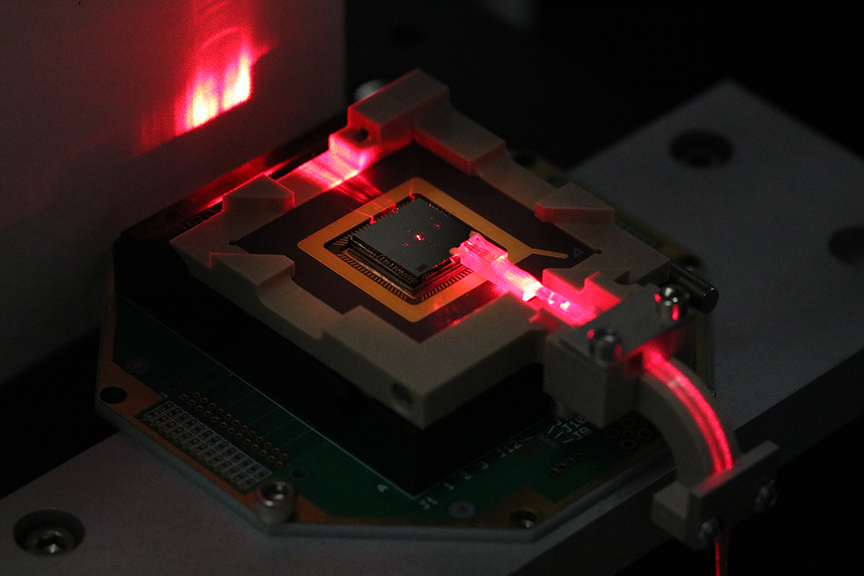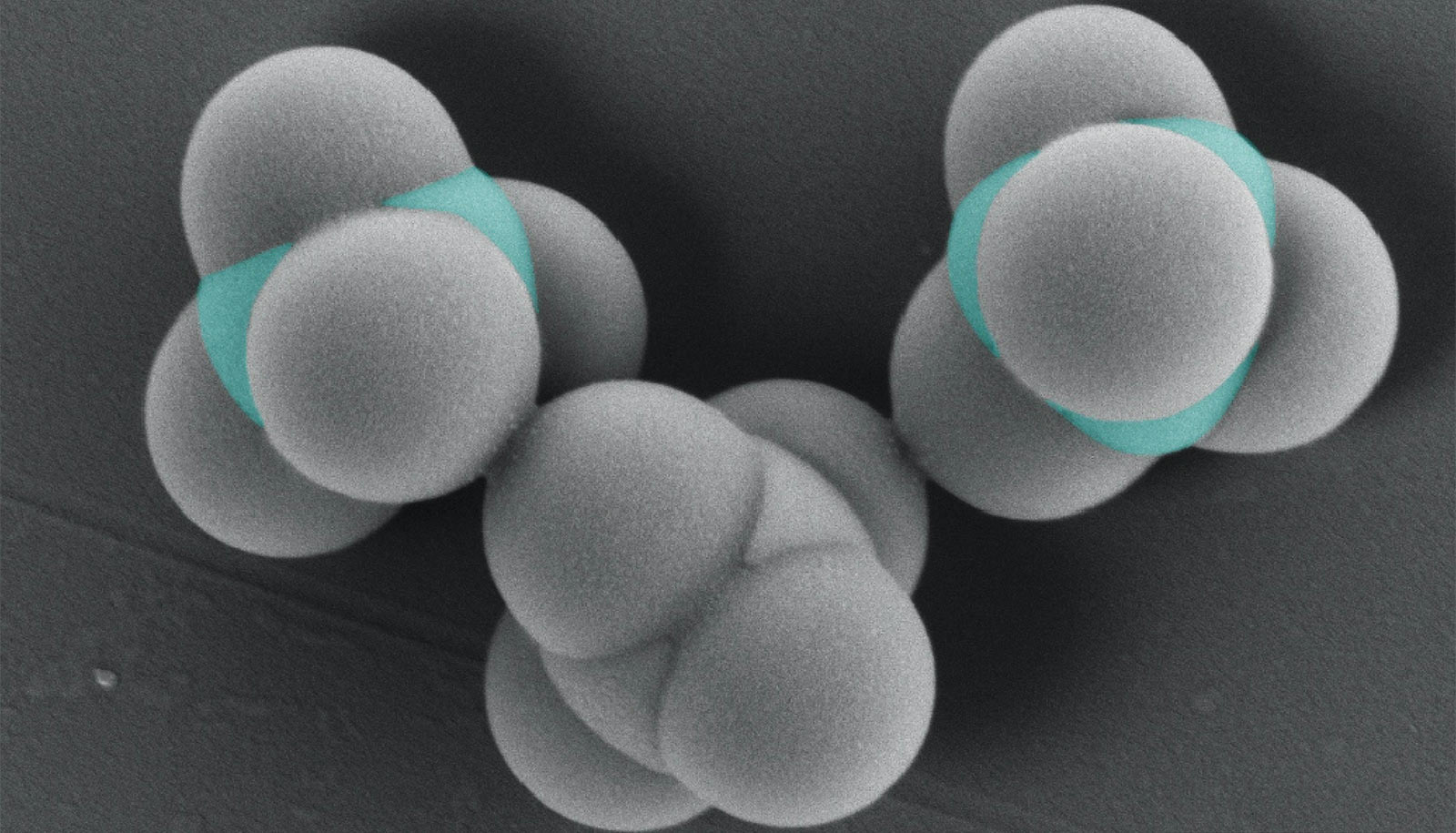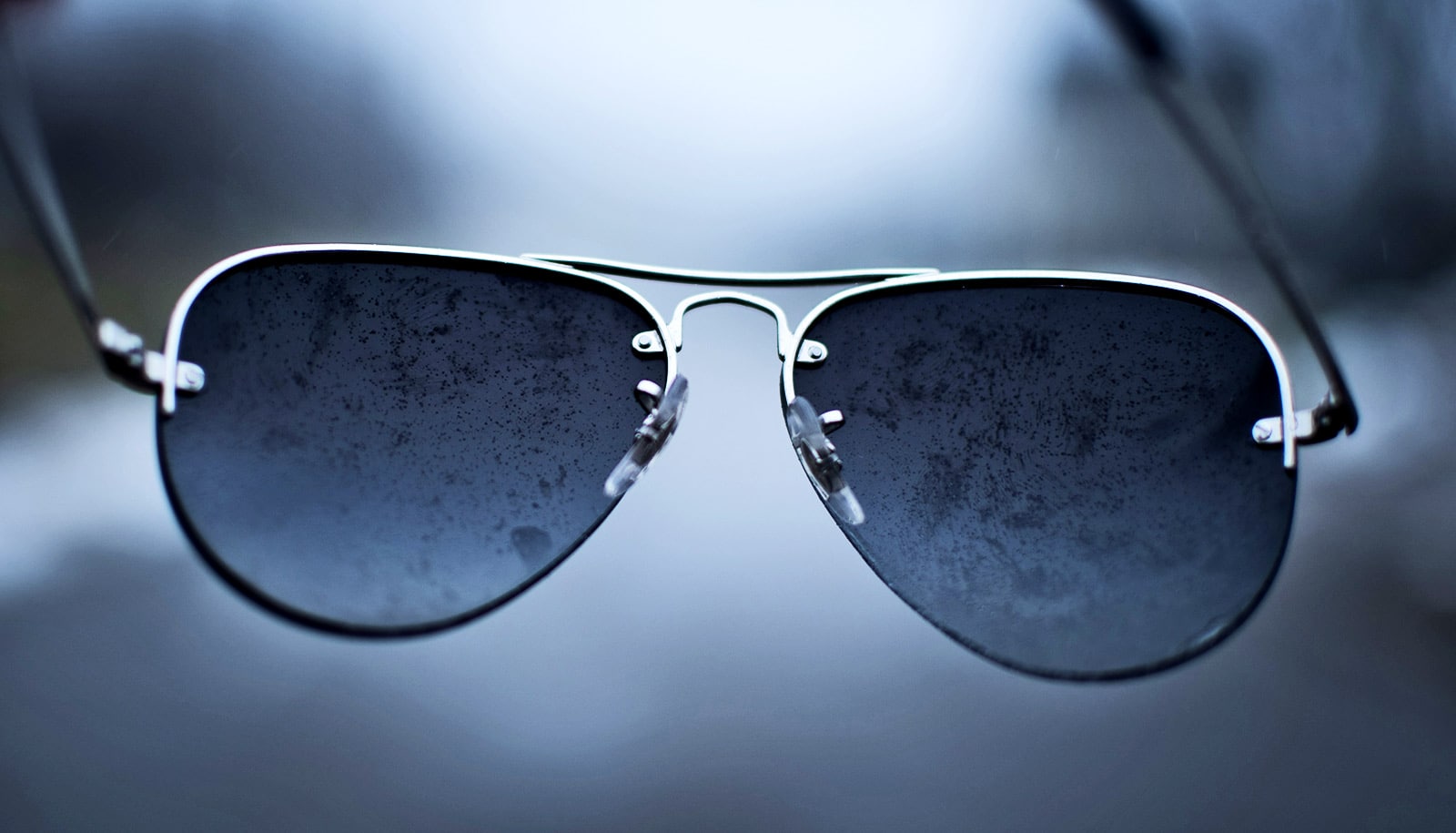Cambridge researchers awarded European Research Council funding
Five researchers at the University of Cambridge have won consolidator grants from the European Research Council (ERC), Europe’s premiere funding organisation
Cambridge University News
• cambridge
Dec. 9, 2020 • ~2 min
Dec. 9, 2020 • ~2 min
A tiny circular racetrack for light can rapidly detect single molecules
An optical sensor that can detect individual molecules promises early detection of diseases and environmental contamination.
Judith Su, Assistant Professor of Biomedical Engineering and Optical Sciences, University of Arizona •
conversation
Oct. 22, 2020 • ~5 min
Oct. 22, 2020 • ~5 min
Computational modelling explains why blues and greens are brightest colours in nature
Researchers have shown why intense, pure red colours in nature are mainly produced by pigments, instead of the structural colour that produces bright blue and
Cambridge University News •
cambridge
Sept. 11, 2020 • ~3 min
Sept. 11, 2020 • ~3 min
/
12

